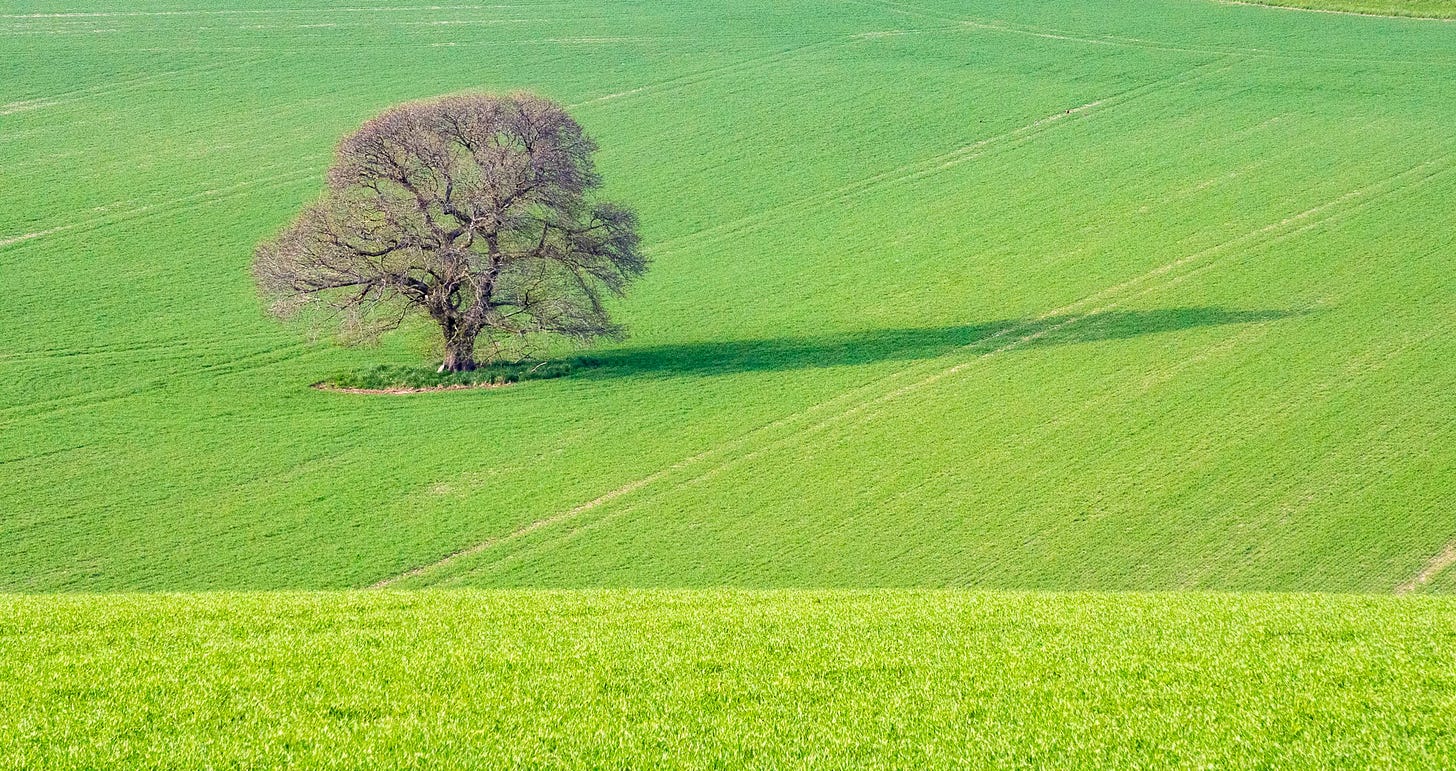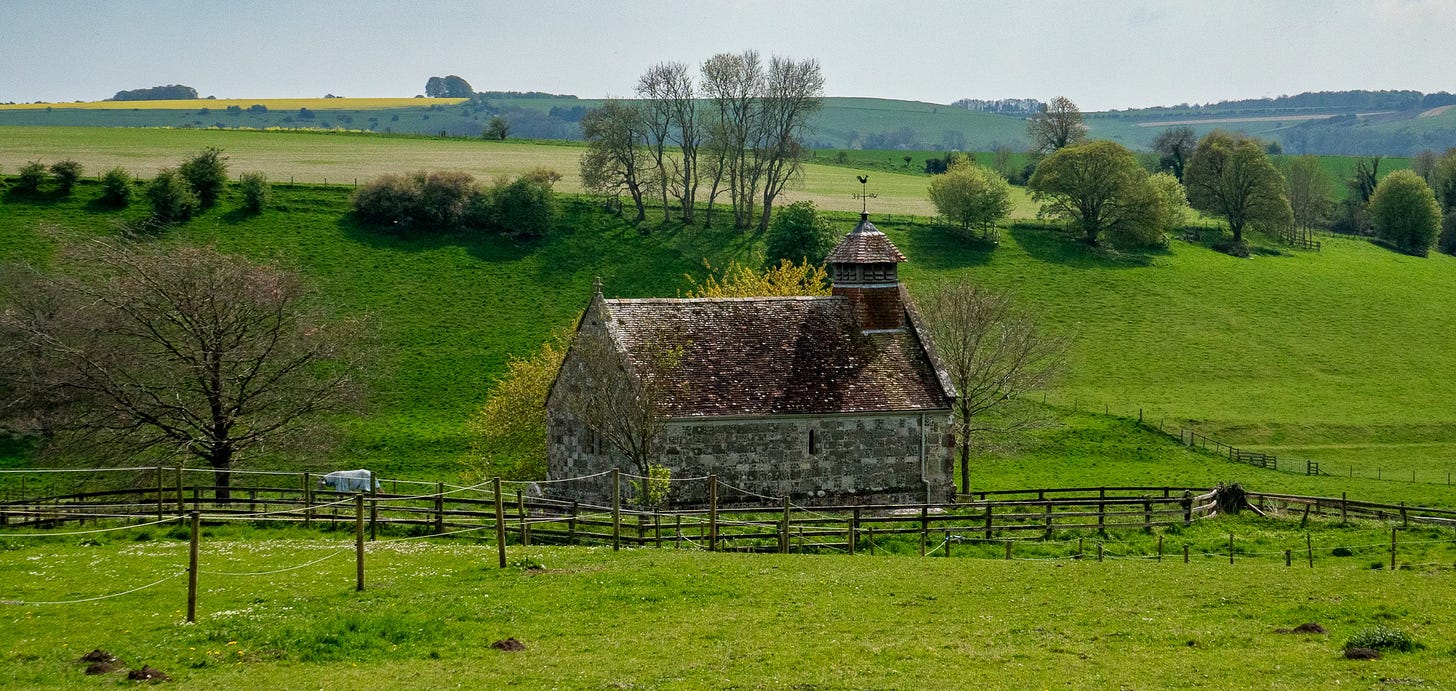
It’s been a rough 100 years or so for beauty. One way to illustrate my point is to visit London’s Tate Britain gallery and then go down the Thames to the Tate Modern. You can take a water bus, or if you prefer, it is a pleasant walk of about an hour past the Houses of Parliament, Westminster Cathedral and the London Eye.
The centrepiece of the Tate Britain is a collection of paintings by J.M.W. Turner, celebrated for his romantic landscapes. Even when Turner was portraying a storm or a shipwreck, he clearly intended his paintings to be beautiful, usually through the evocation of nature. Something similar could be said of many of the pre-twentieth century paintings on display there, for example John Everett Millais’s Ophelia, which despite its tragic subject is plainly supposed to be, well, beautiful.
In contrast to the custom-built neo-classical building in which the Tate Britain is housed, the Tate Modern inhabits a decommissioned power plant across the river from St. Paul’s Cathedral. Its centrepiece is not any particular work of art but the enormous Turbine Hall which accommodates colossally large pieces of modern art. When I was there the other day, the space was mainly vacant as they prepared for the gallery’s 25th anniversary celebrations. However, they did have one of Louise Bourgeois’ huge sculptures of a spider on display—her largest, apparently, even larger than the one in front of Ottawa’s National Gallery.
I really love Bourgeois’ spiders, but I don’t think the first think the first word that would spring to mind when describing them would be “beauty”. In fact, while the Tate Modern does display a few works that might be described as beautiful, beauty does not seem like a central pre-occupation. The art on display there is much more likely to seek to challenge, disquiet, shock, instruct, amuse or even confuse the viewer. And nature is much less likely to be its subject than at the Tate Britain.
I’ve written about the Tate Modern before, including an exhibit called Capturing the Moment which addressed the way in which the advent of photography with its capacity to portray people and landscapes in a literal way pushed many painters toward more abstract forms of art. And perhaps, I am tempted to say, away from the traditional preoccupation with beauty. I am not an art historian and I am sure it is more complicated than that, but I think there’s something in the idea.
On my most recent trip to Europe and the UK, I was lucky to attend a four-day workshop with one of England’s most celebrated landscape photographers, Charlie Waite. If you wonder why he is celebrated, click here. One of the interesting things about Waite is that he very much embraces beauty as a central concept in his photography. Most of his photographs also contain elements of the natural world, though often as shaped by human beings.
To be clear, I don’t think my own photographs would measure up to some abstract standard of beauty. But like a lot of people who fiddle around with aesthetic pursuits in their declining years, whether it be photography or watercolours, I am not looking for edgy and artistic but rather for something pleasing to the eye. As Waite says, the purpose of the photograph is to evoke emotion—with landscape photography often that is often a sense of peace, serenity, comfort or awe.
One place he took our little group of four, which included my friend and photo-buddy, Ross, was Stourhead in Wiltshire. The garden and even the lake at Stourhead are completely artificial. They were created in the 18th century with the specific intention of evoking the works of landscape painters such as Gaspard Dughet (sometimes called Gaspard Poussin, Wikipedia informs me) who depicted idealized Italian landscapes. So this is a photo trying to capture a garden in England designed to imitate a landscape painting of an idealized Italy. We had dull light, but you have to admit it’s beautiful.


One of Waite’s signatures is lone trees and we drove around the countryside near his home in north Dorset visiting some of his favourites. When you think of it, these rarely occur in nature, but frequently in agricultural settings. This is nature echoed and tamed. Unlike my friend Ross, I confess I do not share this enthusiasm for lone trees. Below is my best attempt, however.
I was more invested in the photograph below. I first noticed the shadow of a tree on the wall of a 14th century house Waite took us to, and snapped pictures of that. Then I saw how the shadow of the tree on the grass stood out like a pedestal for the house. My buddy Ross thinks the branches hanging into the photo at the top of the frame are distracting and he is probably right. But I think of the photo as a portrait of a large tree of which we only we only see the smallest part.
In general, Waite’s photographs don’t feature many people, even if they often show evidence of human presence through cultivation or structures. He took us to the field below with its symmetrical row of trees and the bright yellow of a rapeseed crop. He worried that the yellow might be a little too lurid, though. Personally, I found the scene worked better with the cyclists, who created a diagonal line that paralleled the many others in the photograph.
I also thought the modern agricultural machines in the photograph below created a triangle that echoed the other geometrical shapes in the photograph.
It was bluebell season, so another obligatory picture below.
One of the last places Waite took us was a little country church. His attention to detail was apparent when he warned us of the danger of allowing the weathervane to be obscured by the background and I moved several metres to place it against an open place in the trees and a bright background.
I’ll end this post with a photograph of Salisbury Cathedral, whose spire is the tallest in England. Again, we had a dull sky. But if you have ever been there, you may recognize this scene from an adjacent meadow because it has often featured in landscape paintings.











Paul your thoughtful and insightful substack articles are always a pleasure to read. It was a great experience to share the Charlie Waite photography workshop with you. We both learned much from Charlie and had a chance to share our mutual passion for photography.
Paul: That stretch of galleries along the Thames is fabulous. I thought the Turners are incredibly impressive, almost as wonderful as the Group of Seven in Ottawa’s National Gallery. When I was in the Tate Modern, Roskio’s paintings had just been hung. The wonderful thing is all this art on display at a minimal cost. I want to come back! Love the posts!